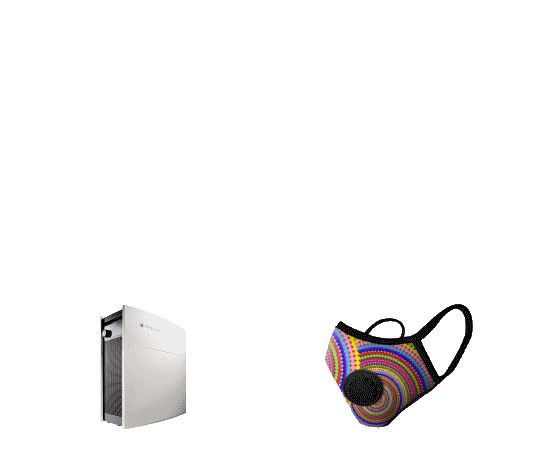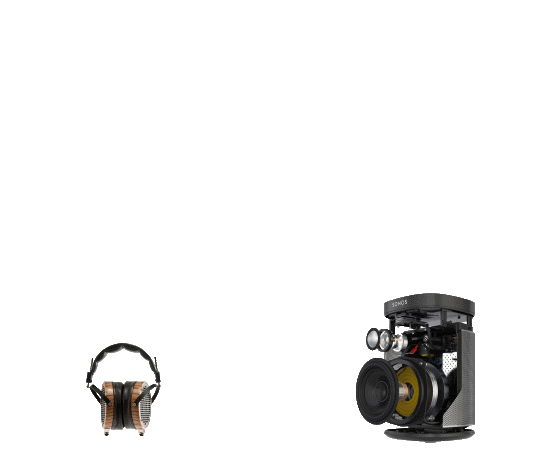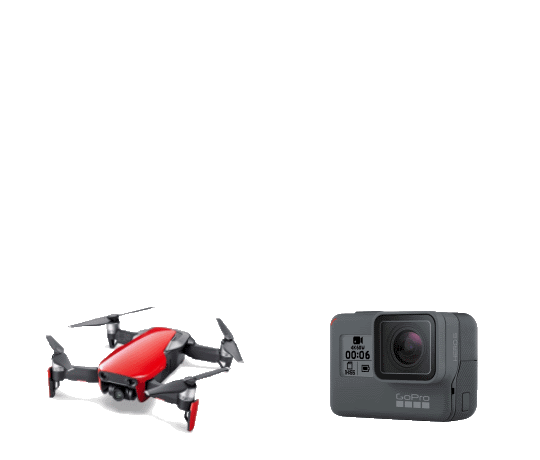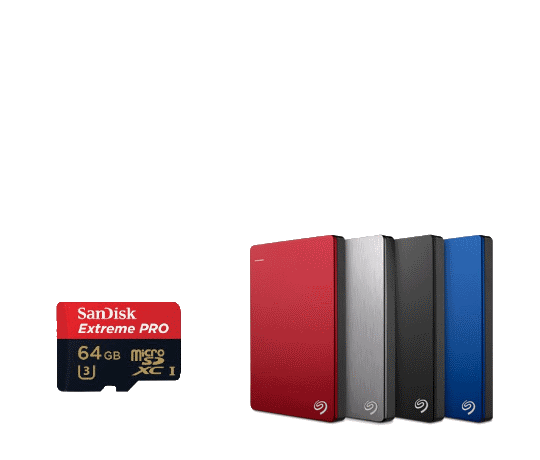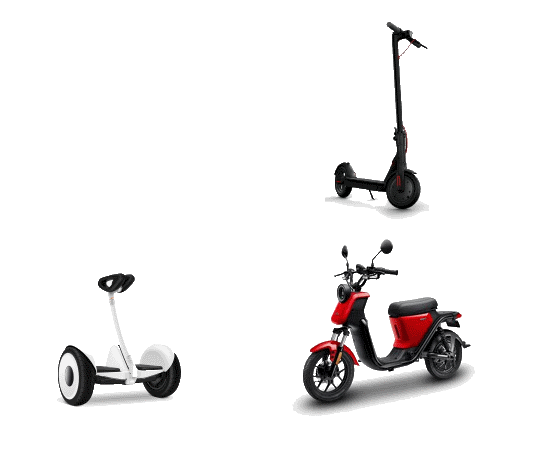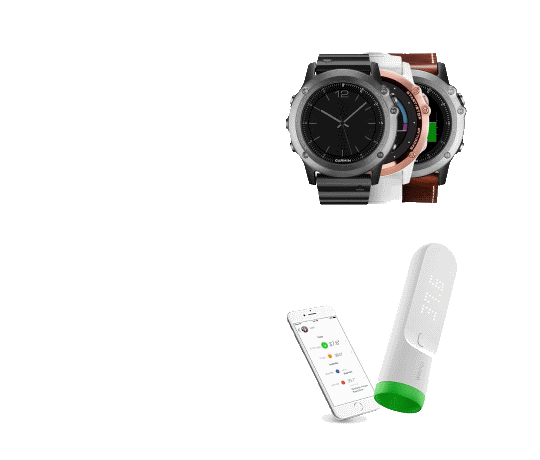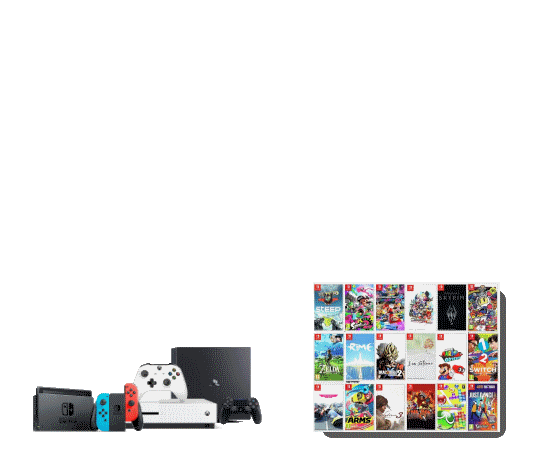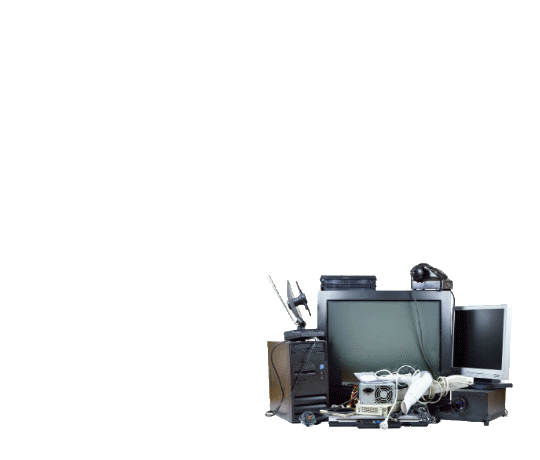
Whether you crave high-energy tunes to juice up your workout, private listening at home or work, an adrenaline-pumping gaming experience, or just a great-looking, great-sounding accessory to express your personal style, you’ll find headphones that fit your needs at TEK-Shanghai. With so much variety in headphone styles, including wired and wireless models, you may want to consider more than one pair for different uses. Learn more about the different types of headphones below, or stop intoTEK-Shanghai to try some on and find a style and fit that works for you.
Headphone Types

In-ear monitors (IEMs) and earbuds
In-ear monitors (or IEMs) are headphones that fit snugly inside each ear canal. The majority of sports headphones fall into this category. Most models come with foam or rubber tips in several sizes for a secure fit so they stay put while exercising or moving about, and replacement tips in custom sizes can be purchased separately. Some professional-grade models can be precisely molded to fit your ear canals. In-ear monitors are excellent for passive noise isolation, and higher-end models deliver sound quality that rivals larger headphones.
Earbuds, on the other hand, feature small drivers that rest on the ridge of your outer ear. They usually deliver lesser fidelity and isolation than other types of headphones, but at a highly affordable price. These are the headphones that come with many portable music devices; higher-quality earbuds or in-ear monitors can be an inexpensive upgrade.
Over-ear
Also known as “around-ear” or “full-size” headphones, over-ear headphones have cushioned earcups that enclose the ears. Usually considered the best headphones for sound quality, most over-ear models also do a good job of isolating the user from outside sound. This feature is sometimes called “passive noise reduction.”
On-ear
On-ear headphones are similar in design to over-ear models, though the cushions sit on the outer ear rather than enclosing the ears. Generally, on-ear models deliver good sound quality, but with less bass response than over-ear models. When you are wearing on-ear headphones, you can still hear outside sounds, and others nearby might be able to hear your music.

Wired vs. Wireless
Wired headphones
Wired headphones connect to your MP3 player, phone, streaming device, or other audio device using a wire. Advantages include excellent sound quality, and the fact that they do not require any batteries. Gamers often prefer wired headphones so they never have to worry about batteries dying in the midst of a heated match. Plus, some wired headphones include highly reflective cords to provide greater visibility while walking or jogging at night.
Wireless headphones
Wireless headphones are great for sports and outdoor uses, since they don’t require you to connect to a music player using wires. Instead, wireless technology connects the headphones to your music player, giving you freer movement and fewer tangles.
Most wireless headphones use Bluetooth, a technology that digitally encodes audio and transmits sound wirelessly over short distances. Bluetooth is a popular format because it’s highly reliable, and most new smartphones and laptops have built-in Bluetooth functionality — syncing with Bluetooth-enabled headphones is quick and easy. Of course, there are other types of wireless technologies as well.
True wireless
Even wireless headphones usually have some sort of wire, such as earbud models in which individual earbuds are connected to each other with a wire. True wireless earbuds come in pairs of separate wireless units — one for each ear — which means no tangles whatsoever. Low-profile models fit inside your ear canal, while other models stay in place by wrapping around the back of your ear.
Neck-sitting
Traditionally, headphone bands rest on the top of your head, but there are also models with a band that rests on your neck. To many people, neck-sitting models are more comfortable than standard headphones, and they won’t mess up your hairstyle.
Special Headphones Features
Noise canceling and sound isolating
Noise-canceling headphones use one or more tiny microphones to capture ambient sounds. The sounds are then electronically phase-reversed and reintroduced into the output of the speakers, effectively canceling out the original sounds in the ears of the listener.
Sound-isolating headphones use material to create a barrier between your ear and the sounds of the world around you. Since they fit snugly inside your ear canal, most in-ear headphones are sound isolating.
Volume limiting
The ability to keep the volume at safe levels is an excellent feature to have when your child wants to use headphones. Volume-limiting headphones do exactly that: They are typically designed to keep volume at 85dB or less. Plus, not all volume-limiting headphones are designed for children, so they can be a good alternative for adults concerned with protecting their own hearing as well.
Bone conduction
Bone-conducting headphones sit on your cheekbones, usually in front of your ear. They work by bypassing your eardrum to deliver sound straight to your inner ear via vibrations in the bones in your head. This feature is particularly useful for people who want to hear their music clearly but don’t want to drown out background noise. For example, bone-conducting headphones are a great option for joggers who need to hear traffic over the sound of their music. Some bone-conducting headphones are specifically designed for underwater use so you can listen to music while swimming. Additionally, many bone-conducting headphone users claim that there is less temptation to turn the volume up extra loud, resulting in less ear strain.
Biometric
Biometric headphones monitor your heart rate by gathering information directly from your ears while you listen to music, and some models even feed you audio cues to aid in your workout. Fitness enthusiasts are able to keep tabs on their heart rate without needing an additional device. Plus, many biometric headphones are compatible with popular fitness apps like RunKeeper.
Surround sound
While some high-end headphones for gaming and home theater employ multiple drivers within each speaker enclosure to accurately reproduces multichannel surround formats like Dolby Digital, most so-called “surround” headphones use electronic processing to emulate the directional cues of surround sound from just two speaker drivers.
Microphones and controls
Headsets designed for gaming often feature a boom-mounted microphone so you can talk with other players during multiplayer gaming sessions. Portable headphones designed for use with smartphones and MP3 players may include a small cord-mounted (or “in-line”) microphone, along with controls for volume, mute and track advance. With wireless models, these controls and mics can be found on the earpiece itself, and many models are equipped with control functions that are optimized to work best with a specific operating system.


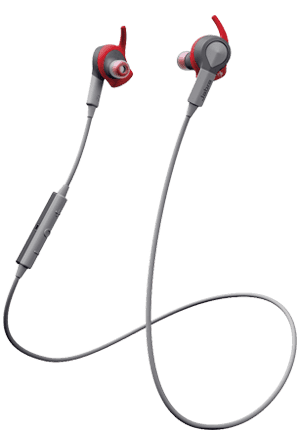
Choosing the Right Headphones for Your Lifestyle
For sports and fitness
Music motivates. A variety of lightweight in-ear and on-ear designs are available to ensure that your headphones stay put while you’re active. Some earbuds feature various types of ear clips to hold the drivers in place, while several other types of headphones use a band that circles the back of the head or neck. Comfort and fit are matters of preference, but with the range of options available, you’re sure to find one that suits you.
Some sports headphones are made with water-resistant materials to protect against sweat and the elements. Many feature cord-mounted (or “in-line”) microphones and controls that let you take phone calls, adjust volume, or change your playlist without slowing down. To eliminate the cord altogether, look for a wireless model that’s compatible with your smartphone or MP3 player.
Other features to consider include biometric capability to monitor heart rate, motivational audio cues, and reflective cords to help you remain visible while exercising at night.
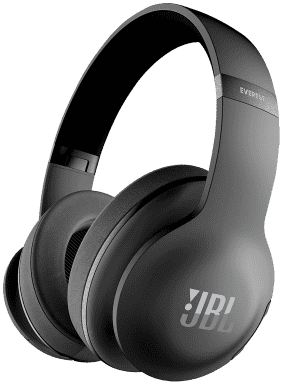
For home entertainment
For serious music listening, nothing beats a great pair of over-ear headphones. Their oversized drivers combine deep, robust bass and a high-frequency response for unparalleled sound quality. Because of the way the earcups encircle the ears, over-ear headphones also deliver an enhanced sense of space or “soundstage” compared to other styles. Models with surround-sound processing can further enhance the audio experience for home theater use.
- “Closed-back” designs feature solid, acoustically isolating earcups. They excel at blocking out external noise for a private listening experience, but also color the sound (most notably enhancing bass response).
- In “open-back” headphones, the rear of the speakers is covered by an acoustically transparent mesh or fabric. This de-emphasizes low-end thump and generally delivers a “flatter,” more even response that many audiophiles prefer.
For people who find the weight of over-ear headphones distracting, there are high-end on-ear and in-ear models that approximate the fidelity of over-ear headphones.
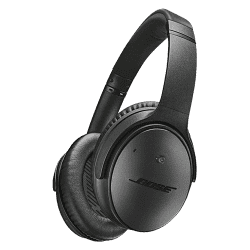
For work
Over-ear headphones are a great way to distance yourself from the clamor of the workplace. Models with noise cancellation are designed to enhance the effect. Alternatively, in-ear headphones, with or without noise cancellation, can also effectively isolate you from outside noise while keeping your music private — and without messing up your hair.
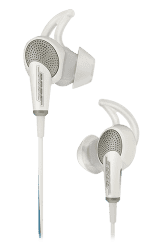
For travel
While traveling, you probably want to have lightweight headphones that are easy to move around in. Some headphones are foldable, making them easy to tuck away, and wireless headphones are exceptionally portable. If you’re going to spend time on a plane or bus, noise-canceling or sound-isolating headphones allow you to tune into your music or audiobook without being distracted by what’s happening around you.
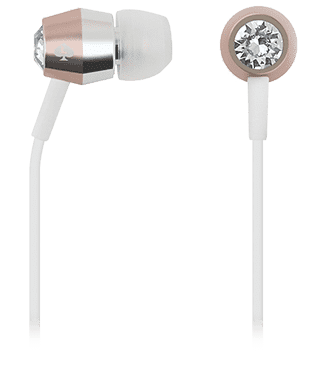
For fashion
In-ear headphones are traditionally the most popular type for on-the-go use, but in recent years it’s become chic to sport colorful on-ear or over-ear cans in public. Companies like kate spade new york, Beats by Dr. Dre, Skullcandy, Monster, and Soul by Ludacris have developed bold, eye-catching designs that turn high fidelity into high fashion. Many of these headphones come in a variety of colors and patterns, letting you show off your unique sense of style.
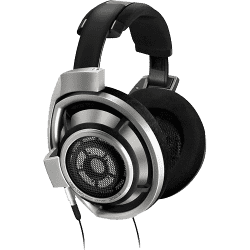
For audiophiles
If you want the highest, most accurate sound quality, you may want to look into some professional-level headphones. Many models at this level feature large earcups to fully surround your ears and keep them isolated from ambient sound and distractions.
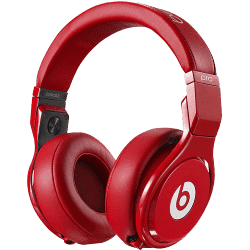
For DJs/live sound
So-called “DJ headphones” are heavy-duty, over-ear cans with thick, padded ear cushions, designed for accurate reproduction at the high volume levels needed to compete with live sound systems. They also have a tendency to emphasize bass more than other types of headphones. Most feature swivel earcups that can be rotated to face outward for single-ear monitoring, and some include built-in microphones.
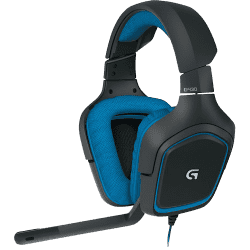
For gaming
Serious gamers intent on creating an immersive alternate reality will benefit most from a full enclosure with deep bass response and high volume without distortion, so over-ear headphones are the natural choice. True or virtual multichannel surround capability is offered in many models, as are boom-mounted microphones.
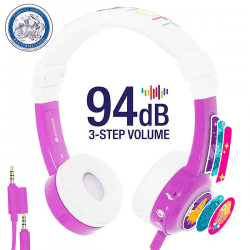
For kids
If you’ve ever been on a long road trip with kids, you’ve probably wondered if there are headphones made to fit the little ones. Well, there are. Most are designed to be extra-durable. Headphones for kids come in fun colors and a wide selection of designs that include familiar characters from popular cartoons and movies. Plus, they’re sized just right for kids.
For safety, many auditory health organizations recommend that listening levels for children be limited to 85db or less. Some headphones designed for kids often feature built-in volume-limiting circuitry to cap the headphones’ maximum output at a safe level, though keep in mind that there are models that omit this feature.
Tech Specs
Great sound is a very personal matter. What sounds amazing to someone else might not be your cup of tea, so the best way to find your ideal set of headphones is to audition as many pairs as you can. TEK-Shanghai are well-stocked with different brands and models, and our listening stations provide an easy way to compare.
That said, there are a few critical specs you should be aware of when comparing models:
- Stereo vs. Mono: Stereo sound consists of two separate channels: a left channel and a right channel. With stereo headphones, you are hearing a different audio channel in each ear to give a sense of dimension to whatever you are listening to. For example, a guitar in a song you enjoy might sound like it’s slightly to the left of you instead of directly in front of you because it is a little bit louder in the left channel than the right one.Alternatively, mono sound is a single audio channel, so in mono headphones you are hearing the identical sound in both ears. Some headsets that include a boom mic only have one earcup, and there are several single-ear Bluetooth headsets as well. In cases like these, the audio is mono, since you’re only hearing it in one ear.
- Frequency response: Expressed in hertz (Hz), frequency response represents the range of frequencies a pair of headphones can accurately reproduce. The range of human hearing is generally estimated at 20Hz–20kHz, but claimed frequency response often exceeds that range. Bear in mind that two sets of phones with identical frequency response specs will absolutely not sound the same; each design has its own “signature” sound, influenced by many other factors.
- Sensitivity: Expressed in decibels per milliwatt (db/mW), a headphone’s sensitivity measures the relative amount of volume it can produce from a given amount of input power. Headphones with higher sensitivity (about 100db or higher) are recommended for use with portable listening devices, which typically have less powerful amplifiers than home audio components.
- Impedance: Expressed in ohms, impedance is a measure of electrical resistance, and is related to the sensitivity spec. Some studio reference headphones have as much as 600 ohms of impedance, requiring powerful and clean amplification to reach desirable listening levels. Most consumer-level phones for casual listening fall between 16 and 64 ohms of impedance, and are designed to work with low-powered portable audio devices.



